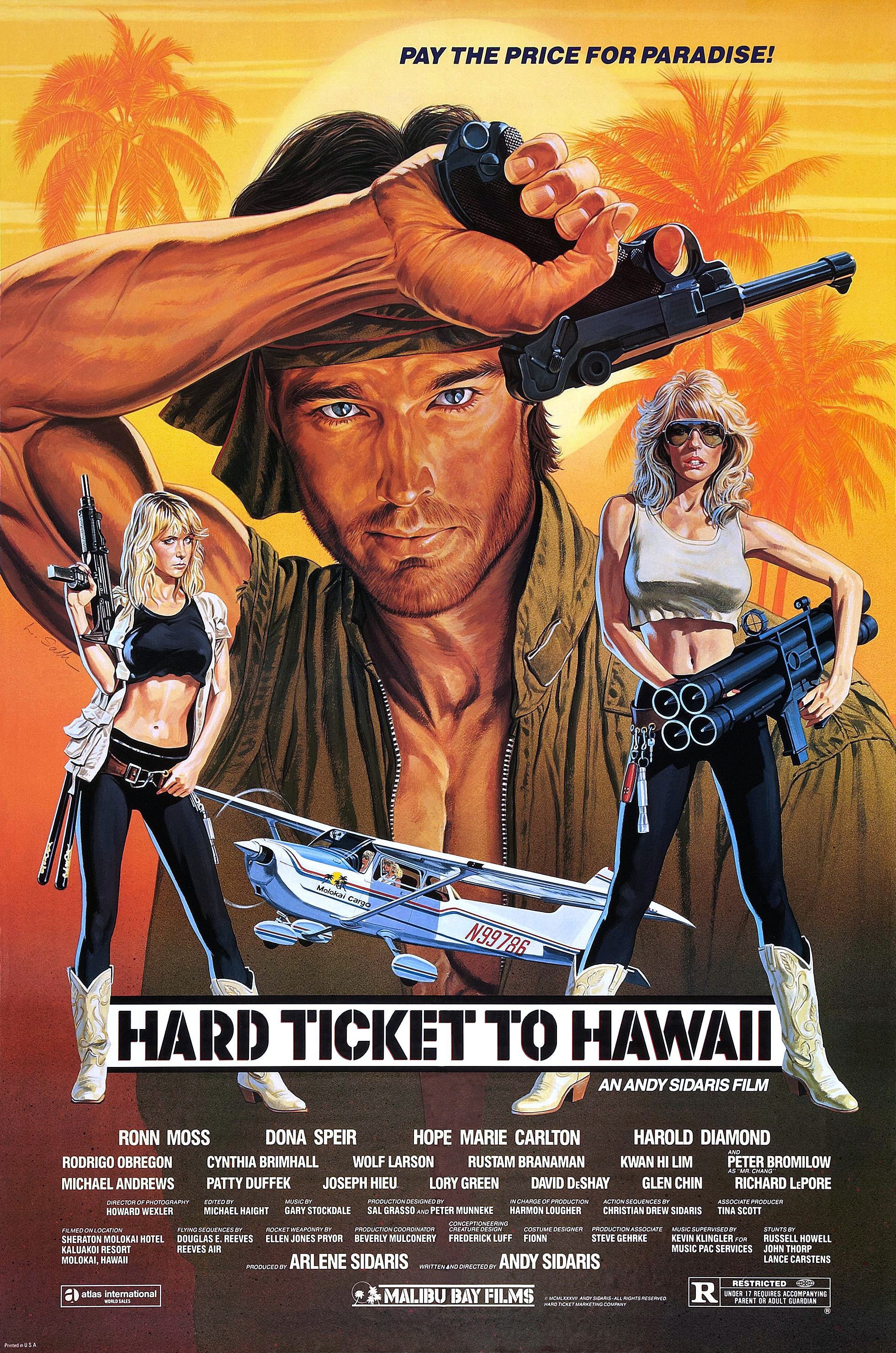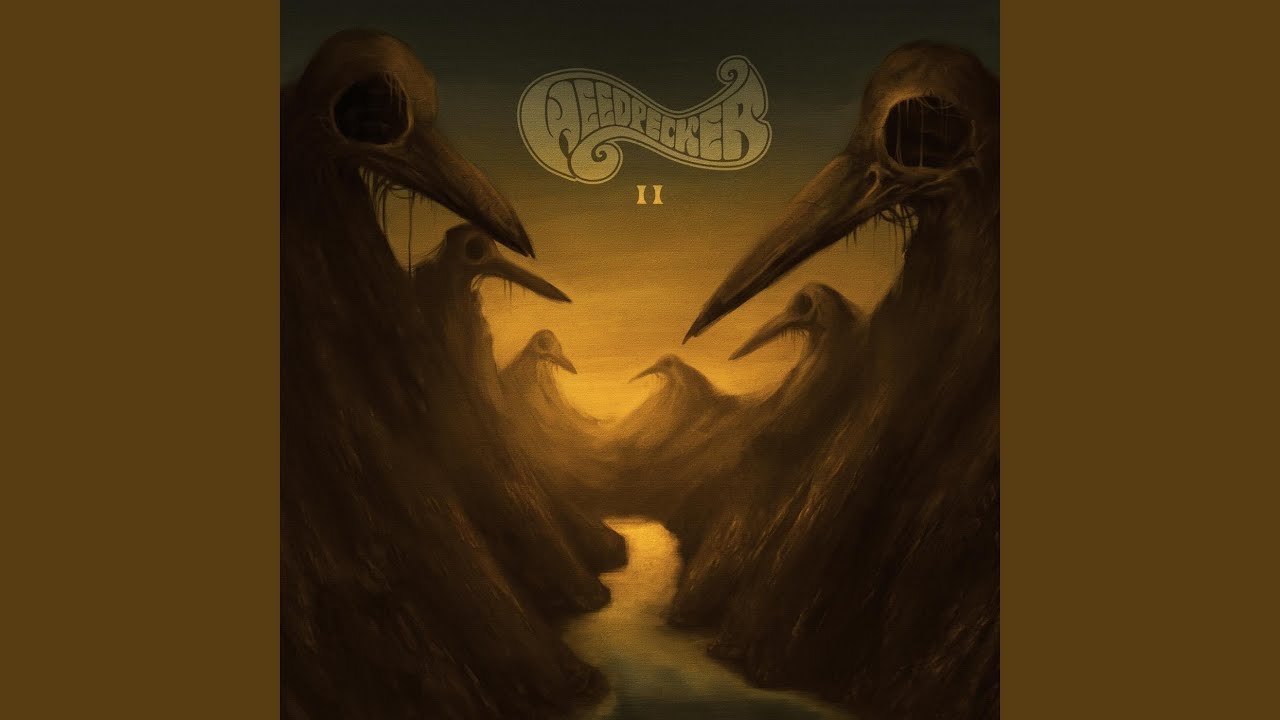Very nice! Never heard of them, but with a name like Turtle Skull I knew I would like them! Thanks for sharing!
- 10 Posts
- 110 Comments

 6·1 month ago
6·1 month agoWe got that one in Germany as well

 112·1 month ago
112·1 month agoWho would intentionally put their time and effort into a movie, risk hurting their careers and risk losing the studios money? And all that to upset fans of the characters?
That movie could have easily went the way of Batgirl and be shelved for a tax cut.
Not attempting stand-up, too

 4·2 months ago
4·2 months agoOkay, a bunch of thoughts come to mind.
I love Diablo. However, I think a big part of it is the atmosphere and also me being young and never having seen anything like it. That’s pretty hard to recreate. I heard the game Halls of Torment nailed the Diablo atmosphere, but as a Vampire Survivors-like. Basically it’s focused on the grind and progression. Maybe, that’s something for you? Personally, I haven’t found anything that is as fun as Diablo, so every now and then I play Diablo 1 with a new mod, like the new The Hell 3 Mod. It brings back the wonder of the unknown, because there is lots of new stuff in there. I also loved Book of Demons, which is basically a streamlined version of Diablo 1 with a dark comedic twist.
I think you underestimate the satisfaction that comes from clearing levels in Diablo. Yes, it could be a different theme and still work, but isn’t that proof of how potent it is? So the question is, why does it feel like a grind to you? I wager it’s because the magic Diablo had for you got lost over time. You know how they work now, you’ve seen behind the curtain and thus don’t feel the danger, the intrigue like you used to. Maybe you will find it in games like Elden Ring that you don’t see through right away?
About the stats progression: I think a very big part of the fun of progressing your character comes from doing it the way you want. It’s a form of expression. You want to be a Necromancer that only uses Golems or a Mage focused on ice. I think what a lot of Diablo-likes miss is finding a good way to allow lots of expression in character development. Too often I feel boxed in by the class and it doesn’t feel like it’s my Tinkerer, but the Tinkerer instead. A good Diablo-like has abilities that define the character instead of just simple stat increases and cooldown reductions and all that.
Lastly, if you haven’t seen it there is a great Diablo 4 Critique on YouTube that might give some more food for thought!

 1·2 months ago
1·2 months agoThey did admit that Nadu was a mistake, though.

 6·2 months ago
6·2 months agoWoah… not sure what to think about that. I really liked that the format was not controlled by wotc. Although, I guess since they started printing Commander cards and started selling Commander decks and others products for the format, they already had some sort of control over it. Maybe it’s better when this weird setup is finally consolidated? I don’t know. Feels weird.

 2·2 months ago
2·2 months agoYeah, I can see our difference in how we defined what’s shoe-horned in. And I get that you’re not saying diversity in media is bad. However, respectfully, I don’t think your definition of shoe-horned makes a lot of sense if you think it through. Is the music shoe-horned in, because it’s not critical to the plot? You said yourself that adding information that isn’t critical to the plot is necessary or the movie will be bland. If it’s necessary to the movie, wouldn’t you agree that it is critical? It may not be for the plot, but it is for the movie. Movies aren’t just plot. A lot of great movies (Nomadland, Patterson, Dazed and Confused, Coffee and Cigarettes, The Straight Story, …) don’t have a lot of plot or tell a great story. Instead they focus on the characters and the mood.
I think your example with the “blond, blue eyed, straight white men” betrays your perspective. This isn’t describing the default human being. Most people on earth aren’t like that. But it is the de facto default in western media. Why is it that? Because for a long time it was white men who made the decisions. Now that it has become a norm, everything that deviates needs a justification. And that’s kinda fucked up, isn’t it?
So, I think the question isn’t, why don’t “normal” character traits get the same hate as “alternate” traits? The question is, who defines what is normal?

 31·2 months ago
31·2 months agoThat’s kind of a weird argument. I always took “shoe-horned” to imply that it is pressed into something by force where it doesn’t quite fit. So, in my mind just because something is intentional doesn’t mean it is shoe-horned.
Creative works always come from the authors lived experiences. The reason why we often find representation of minorities missing in media, is because these minorities don’t get to work on them. If there would be more diverse teams working on something we would naturally see more of their diverse experiences represented.
However, for this to be the case a lot would have to change in our society. It is way easier to just keep things more or less as they were and let people without minority experiences write and add minority characters. These, in turn, feel off, feel shoe-horned in, because they aren’t based off of lived experiences. They are just there to check a box.
Conversely, the reason why it feels like we used to have better (though less) diverse representations in media is because these actually came from people who had these experiences.

 72·2 months ago
72·2 months agoI don’t think that’s how it goes, either. I mean sure, for Pride Month all the corpos glam on to it to market their stuff “to the gays” and there is the odd product line designed for them as well. But I’m pretty sure nobody is adding gay characters to video games, shows or movies, because the market research shows that it’s popular now. It’s still quite the opposite.
Companies would still rather have nothing that could be seen as “controversial” in their products, with the odd exception that wants to be controversial. Games, shows, movies are made by creative people and among them are and have always been queer people. They have always been pushing for representation. Over time this pushing of the envelop as well as social movements lead from characters that can be read as queer (mostly villains, though), to clearly queer coded (still mostly villains) to finally openly queer characters (only villains and side characters). Only in the last decade it has become acceptable to have openly queer main characters in media. Not because marketing pushed for it, or because it’s trendy, but because queer people exist and they also work in media and they write their experiences and it has now become socially acceptable enough for them to get a little representation in mainstream media as well.
In my opinion the reason why “queer” seems “trendy” and everything seems “woke” and “political” is because we are still so used to the conservative, status quo, straight white guy/girl media that anything outside of that sticks out like a sore thumb. And, as they say, the nail that sticks out gets hammered down.

 4·2 months ago
4·2 months agoThat looks cool!
Found a Colorized Version on Internet Archive as well as the Original Motion Picture Soundtrack!

 7·3 months ago
7·3 months ago…because they know how to swear in Russian?

 1·3 months ago
1·3 months agoBetter late then never, thanks!
I just realized I didn’t respond to your hearing issues: I generally don’t think that these would be a problem for learning martial arts. Of course it depends on your teachers teaching style, but generally they show you what to do and that is the most important part. They might have a metaphor or say for how long the next training sections go, but if you can read lips, you should be fine. The essential stuff you can only learn by watching and doing it yourself.
At first it’s hard to follow what’s being demonstrated, but you will get better at that fast. The beginning is always hard and you will feel like you’re slow and clumsy and stupid, because everybody else doesn’t seem to have trouble. That is completely normal and everybody there knows it, so don’t worry! As soon as you’ve had more practical experience your mirror-neurons will help you translate what you see into what you need to make your body do.
Also if you let your teachers and training partners know you’re hard of hearing, I’m sure they will be happy to accommodate. Everybody is there to improve and help others to improve as well. If they aren’t, that’s a huge red flag. Go find a better gym.
I trained Aikido for 10+ years, but that’s now also 10+ years ago. Aikido used to be pretty well regarded and was hyped for some years thanks to being featured in martial arts movies and Steven Seagal in particular. Unfortunately, with MMA fights becoming popular, people realized that a lot of “traditional” martial arts where more art than actual fighting. Over time Aikido became a laughing stock among martial arts enthusiasts. This process was again helped by Steven Seagal, who -as the defacto face of Aikido to the rest of the world outside japan- just got more and more ridiculous and heinous in his statements and actions.
This is all very unfortunate, because Aikido is a really fascinating and cool looking martial art. To this day a lot of the throws in action movies (for example in the John Wick franchise) are actual Aikido techniques. (Some traditional Ju-Juitsu practitioners might argue that it’s actually JJ, because Aikido has adopted a lot of techniques from JJ and Judo, but I would disagree, looking at the way they are applied. In the end that’s just a nerd argument either way.)
Aikido was developed by Morihei Ueshiba, a man with a fascinating history! It grew with his physical, spiritual and philosophical development from a straight forward, practical combat system (at the time called Aiki-Jutsu) into a non-violent, spiritual martial art (then called Aikido). One of the reasons there are very different kinds of Aikido practiced today, distinct in how violent and spiritual they are, is that their masters studied at different times under Ueshiba, who continually became softer and more spiritual with his age. However, although developed decidedly after the time of the Samurai in Japan a lot of the techniques still focus on disarming people carrying swords or reversely focus on attackers trying to prevent you from drawing your sword. This means most of the attacks trained in Aikido are people grabbing your wrist and then not letting go, which looks weird if there is no sword. This also limits the practicality. Towards the end of Ueshiba’s life his focus was not to teach a system to defend yourself anymore. His goal was to unite the world spiritually through Aikido, literally. He sent his top students out into the world often in countries, which languages they don’t even speak, to teach and spread Aikido. Not to gain money or fame, but genuinely to make the world a better place by helping people to spiritually grow through the practice of Aikido.
What and how Aikido is practiced varies depending on the style and your teacher. It goes the extreme from what is called practical Aikido, which is still dedicated to self-defense, to styles that are practiced solo in the form of Katas, resembling what you might see from Tai-Chi or Qui-Gong practitioners in the park. Generally, it is practiced in pairs with a so-called “cooperating” opponent (as opposed to an “resisting” opponent as would be usual for Ju-Juitsu). Actually, in Aikido we don’t speak of an opponent. There is only a “giving”/“throwing” and a “receiving”/“getting thrown” partner, because Aikido is supposed to be peaceful. I’ll still call it opponent or attacker here, though.
The central idea of Aikido is to embrace and merge the attackers energy with yours and then redirecting it without harming anyone, breaking only the attackers balance and/or throwing them. This is of course a very high-level goal. Basically you’re trying to skip all the nitty-gritty, violent, messy fighting (that Ueshiba did learn and teach extensively back in the day) and concentrate on the end goal of non-violently dissolving confrontations. Assuming that with enough training this goal can be reached, it means you will not be able to use most of what you practice in a real-life fight until you pretty much have “mastered Aikido”. Then you will, supposedly, be at such a level that you can defend any attack peacefully. Most Aikido practitioners are wise enough not to test this out, mostly because they prefer peace and harmony and aren’t training to prove anything. Most Aikidokas I know are training to better themselves, but there will always be exceptions. The teachers I’ve trained under did not make Aikido out to be about self-defense at all. When questioned by new students they usually say, that it might help you a little, but this is not what we train here.
Practicing Aikido will help you get in better shape, improve your health and especially your balance. Aikido practice will teach you how to properly roll and fall, which -at least where I live- will come in handy much more often than fighting skills. It is also a lot of fun to practice and it looks cool. Most schools will also train with wood swords (Aiki-ken) and short staffs (Aiki-bo). This all will be especially cool, if you’re into Japan, because Aikido is very much a traditional Japanese martial art, even though it is rather young, so we’re basically cosplaying as Samurai while training.
The best advice I can give you for selecting a martial art and gym is this:
- It is almost more important who you train with and under than what you are training. Try out every gym and see if you like the people and vibe there.
- Pick something that’s fun. Otherwise you will have trouble going regularly and making progress. If you don’t do it for fun, you will most likely quit the first time you encounter resistance or stop making fast progress
- Pick a gym that’s easy to get to, because having to travel a long time will make it harder to stick with it
- Prepare your training bag and put it besides your door so you just have to pick it up and go. This will make it much easier to go, when your motivation is low

 16·3 months ago
16·3 months agoI’m all for suing, but this is the worst kind of video. Vertical, with minimal information and no sources. There is no reason this should be a video 👎

 5·3 months ago
5·3 months agoThreads (1984) by Mick Jackson
Not sure who recommended it to me, but IMDB says its about “[t]he effects of a nuclear holocaust on the working class city of Sheffield, England and the eventual long-term effects of nuclear war on civilization.” Didn’t have a lot of motivation to seek it out, but it has great ratings. Top review says “Very few films have the ability to suck the life out of a viewer and leave them feeling drained and shaken in quite the same way that this does.” Yeah, so I’m not sure if I will ever be in the mood for that to be honest.

 17·4 months ago
17·4 months agoSecond monitor and huge mousepad

 41·4 months ago
41·4 months agoWe got similar stats here in Germany.
Not surprising to be honest, but considering how much fear mongering the right does about antifa and climate “terrorists” a good reality check.







Wet dream